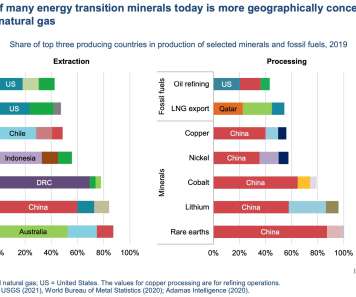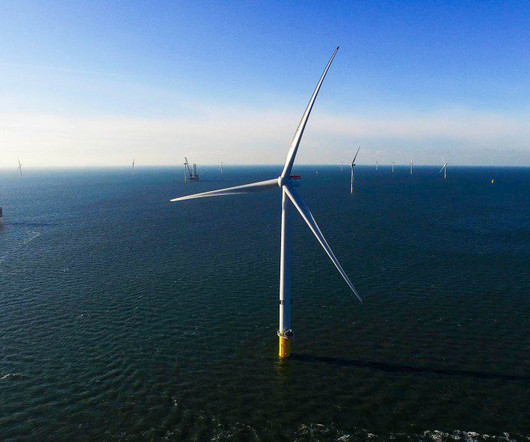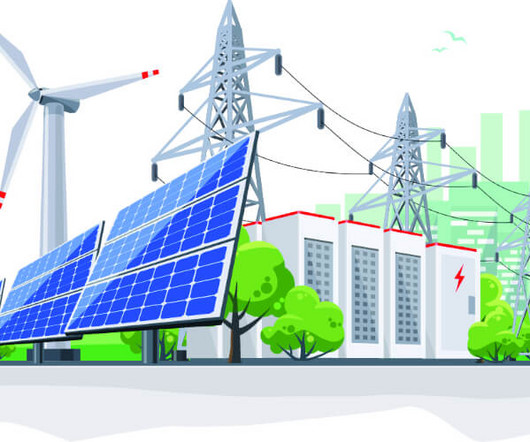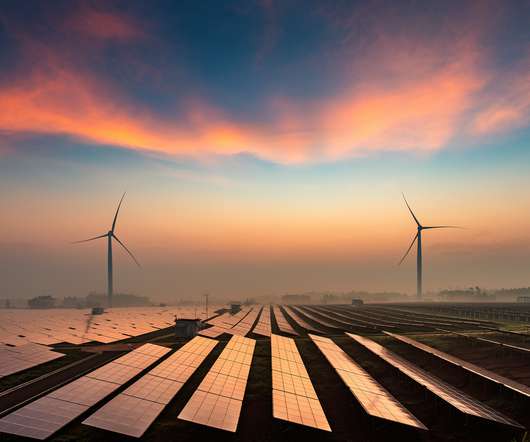Bloomberg NEF forecasts falling battery prices enabling surge in wind and solar to 50% of global generation by 2050
Green Car Congress
JUNE 19, 2018
This year’s outlook is the first to highlight the significant impact that falling battery costs will have on the electricity mix over the coming decades. BNEF predicts that lithium-ion battery prices, already down by nearly 80% per megawatt-hour since 2010, will continue to tumble as electric vehicle manufacturing builds up through the 2020s.








































Let's personalize your content